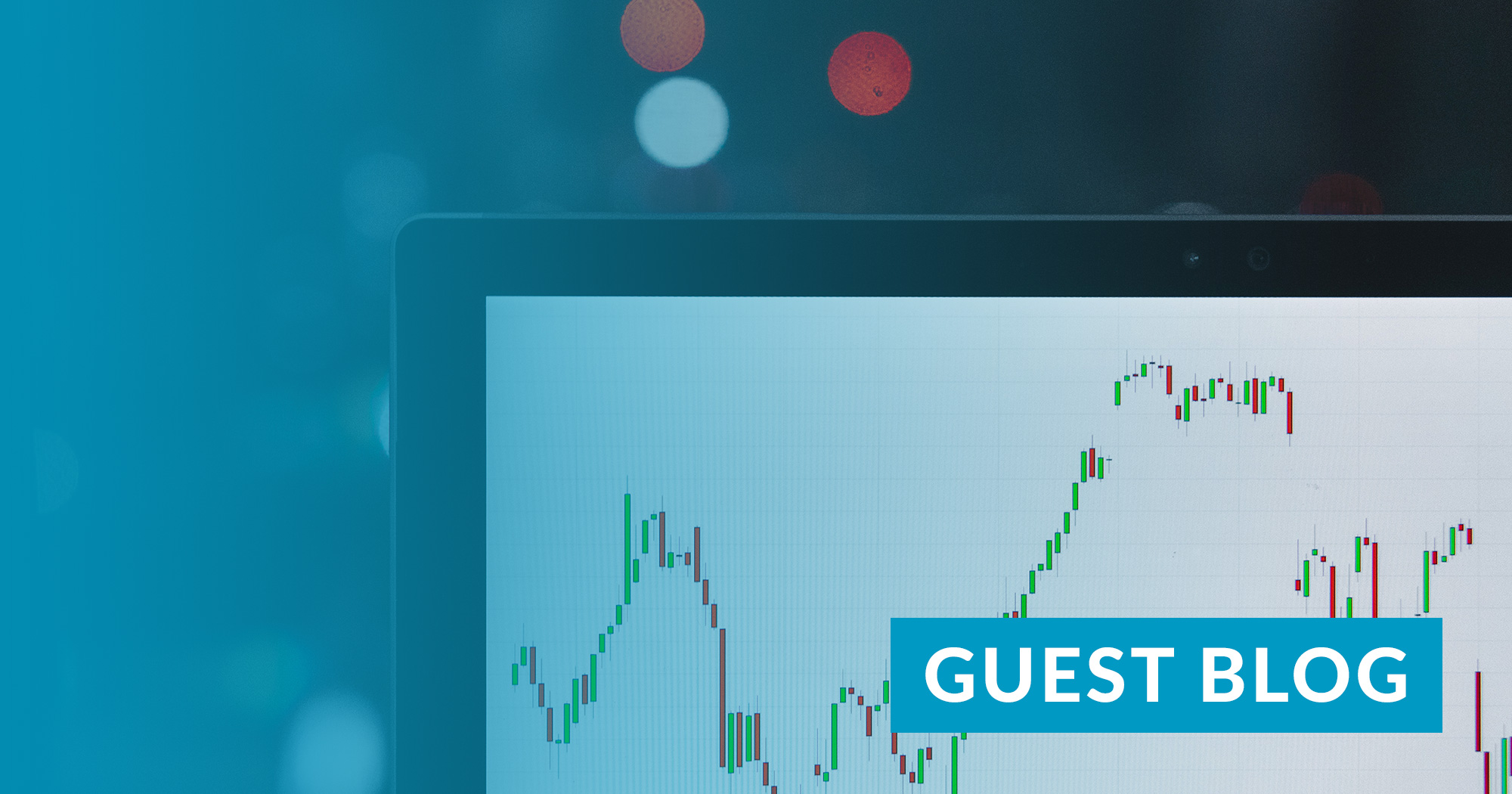TOP TALK
Blow Them All Away: How Measurement Completes Your Content Story

Posted By Ashley Tate on May 05, 2020
In the Tier One Ultimate Guide to Content Optimization, we explored and explained the process of extending the reach and life of your content by using one of the all-time greatest pieces of content, “Hamilton.”
This mega musical has reinvented itself time and time again, continually finding ways to connect with new audiences. And whether you’re working with a Broadway blockbuster or the next great industry ebook, the success of your content boils down to one key filter: measurement.
Metrics lie at the heart of every high-performing content program. It is the single, impartial source of truth for the success of your content pieces — revealing whether they are driving engagement and truly making an impact. The collection and analysis of these data points not only tell you whether your content was successful this time around, but provide valuable insights to improve on future iterations.
Have the Right Data to Get the Job Done
As tempting as it might be, it simply isn’t practical to analyze every single data point for every piece of content. Save yourself the time and the headache and complete the Intent Test (learn more in our recent blog post) to identify your key success points before you start mapping out measurement. Every measurement program will vary based on your own goals, but be certain you have these defined:
KPIs: Knowing what metrics are most important is critical. Refer back to your Intent Test to keep your KPIs focused. For example, if you aim to build brand awareness, the metrics that matter are impressions, social engagement, and organic site traffic. But if you want to generate sales leads, focus on CTA clicks and conversions.
Benchmarks: Look at competitors and other industry data to get an idea of how content like this has done in the past. (This can be a great way to identify leads for your next piece of content too.)
Goals: Be realistic with the timing of your KPIs — setting the bar too high may doom you to failure, but too low and you’ll never grow.
Look Around (Look Around) at What Worked and What Didn’t
Based upon your KPIs and the goals you set out to achieve, take a closer look at your content’s successes and shortcomings. While something might not have performed well from a virality standpoint, it may have been successful if it drove more leads than other pieces of content.
This was even the case for some of the “Hamilton” content spinoffs. For example, the much-hyped, pop-up museum exhibition in Chicago, which closed two weeks early after its inaugural three-month run, was less popular than expected. It’s all but certain numerous refinements will be made to the exhibit if/when it makes its way to another city based on all of the lessons learned during its first iteration.
When you pause and reflect on your content analytics, you should be able to refine and improve your repackaging strategy. If you rule out what hasn’t worked and prioritize what did work, you’ll have a better starting point for future campaigns.
If you’re ready to strengthen your content and measurement, download the Ultimate Guide to Content Optimization for content strategies that satisfy all of your program objectives. Get your copy here.




